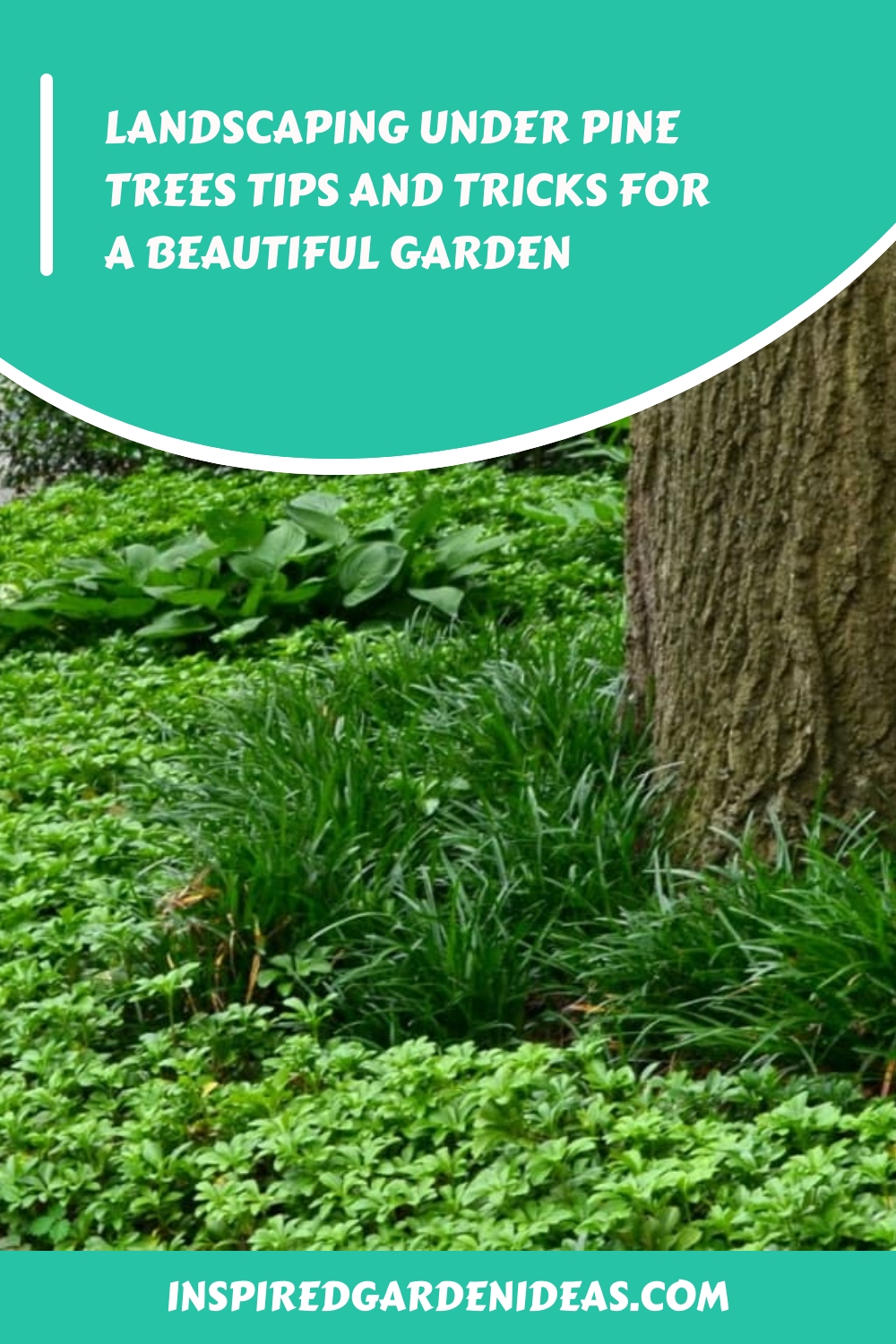Pine trees can add a touch of natural beauty to any garden, with their tall and majestic presence. However, landscaping under pine trees can be a challenge due to the dense shade they provide, acidic soil, and constant needle drop. But fear not, with the right techniques and plants, you can create a stunning landscape under your pine trees. In this article, we will discuss everything you need to know about landscaping under pine trees, from choosing the right plants to dealing with the challenges they bring.
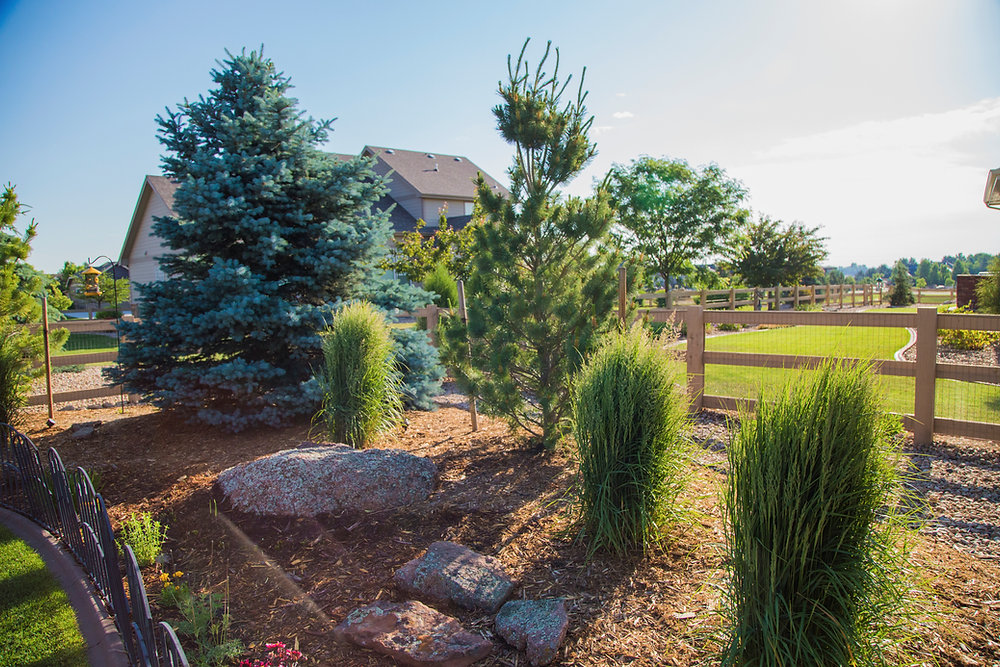
Pine trees are a popular choice for gardens due to their striking appearance and ability to add a touch of natural beauty. These tall and majestic trees can create a sense of tranquility and provide shade in the hot summer months. However, landscaping under pine trees can be a daunting task for many gardeners. The dense shade they provide, acidic soil, and constant needle drop can make it challenging to grow plants and create a beautiful landscape. But with the right techniques and plants, you can transform the area under your pine trees into a stunning and functional part of your garden.
One of the main challenges of landscaping under pine trees is the dense shade they create. Pine trees have thick foliage that blocks out sunlight, making it difficult for other plants to thrive. This can be especially problematic for sun-loving plants that require direct sunlight to grow. To overcome this challenge, it is essential to choose plants that are suitable for growing in shaded areas. Some examples of shade-tolerant plants include ferns, hostas, and impatiens. These plants can add color and texture to your landscape while thriving in the shade provided by the pine trees.
Another issue with landscaping under pine trees is the acidic soil they produce. Pine needles are highly acidic, and as they decompose, they release acid into the soil. This can make it challenging to grow plants that prefer neutral or alkaline soil. To combat this, it is crucial to test the pH level of the soil and amend it accordingly. Adding lime or wood ash can help neutralize the acidity of the soil and create a more hospitable environment for a wider range of plants. It is also essential to regularly monitor the pH level of the soil and make adjustments as needed.
The constant needle drop from pine trees can also pose a challenge when landscaping underneath them. Pine needles can smother and suffocate plants, making it difficult for them to grow. They can also create a thick layer on the ground, preventing water and nutrients from reaching the plants’ roots. To deal with this issue, it is essential to regularly clean up fallen pine needles and keep the area under the trees clear. You can use a rake or leaf blower to remove the needles and create a clean and tidy space for your plants to grow.
When choosing plants for landscaping under pine trees, it is essential to consider their root systems. Pine trees have shallow and wide-spreading roots that can compete with other plants for water and nutrients. This can make it challenging for plants with shallow root systems to thrive. It is best to choose plants with deep root systems that can reach below the pine tree’s roots and access the necessary resources. Some examples of plants with deep root systems include shrubs like azaleas and rhododendrons, as well as trees like dogwoods and redbuds.
In addition to choosing the right plants, it is also crucial to pay attention to the design and layout of your landscape under pine trees. When designing your garden, it is best to create layers of plants, with taller plants at the back and shorter ones in the front. This will help create depth and add visual interest to your landscape. You can also incorporate different textures and colors to create a diverse and visually appealing space. Adding mulch can also help retain moisture in the soil and prevent weed growth.
In conclusion, while landscaping under pine trees may present some challenges, it is not impossible to create a beautiful and functional garden. By choosing the right plants, amending the soil, and paying attention to the design and layout, you can transform the area under your pine trees into a stunning landscape. With patience and proper care, you can enjoy the natural beauty of your pine trees while also creating a vibrant and thriving garden underneath them.
1. Understanding the Challenges of Landscaping Under Pine Trees

Before we dive into the tips and tricks, it is essential to understand the challenges that come with landscaping under pine trees. The following are some common issues you may encounter:
a) Dense Shade
Pine trees have a thick canopy that blocks most of the sunlight, creating a shady environment underneath. This makes it challenging to grow sun-loving plants, and even the ones that do survive may not thrive as well.
b) Acidic Soil
Pine trees prefer acidic soil, and their needles contribute to making the soil even more acidic. This can make it difficult for plants that require neutral or alkaline soil to grow.
c) Constant Needle Drop
Pine trees shed their needles all year round, which can be a nuisance in a landscaped area. It not only creates a messy appearance but can also affect the growth of other plants.
With these challenges in mind, let’s explore some tips and tricks for landscaping under pine trees.
2. Choosing the Right Plants for Your Landscape
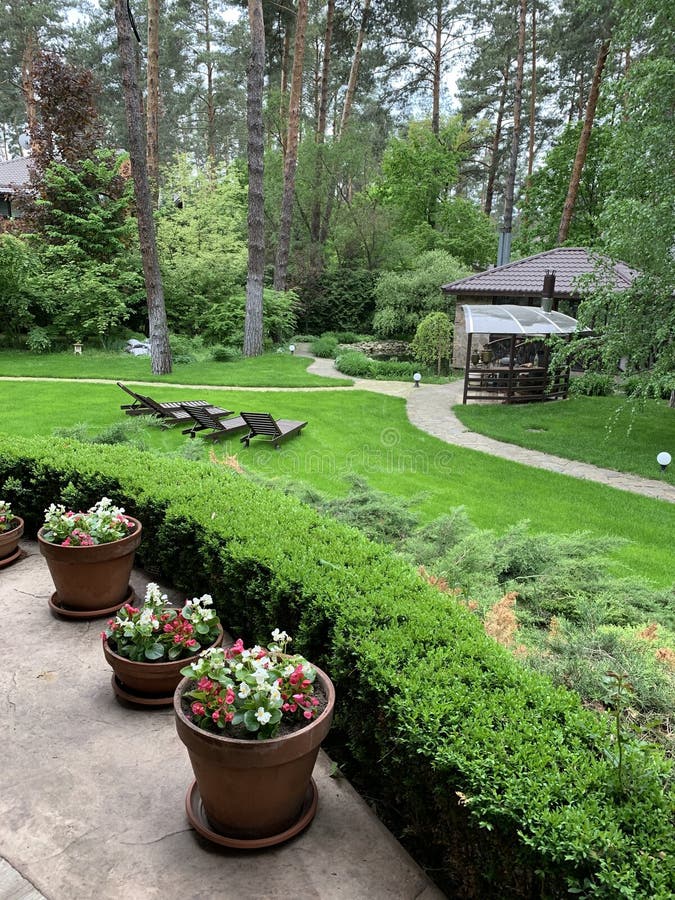
When it comes to landscaping under pine trees, selecting the right plants is crucial. You need to choose plants that can tolerate the shady and acidic conditions. Here are some options to consider:
a) Perennials
Perennials are an excellent choice for landscaping under pine trees as they are hardy and require minimal maintenance. Some great options are Hostas, Bleeding Hearts, and Lungworts.
b) Ground Covers
Ground covers can provide a carpet-like covering for the soil, preventing weeds from growing and adding visual appeal to your landscape. Some suitable choices for areas under pine trees are Pachysandra, Creeping Phlox, and Ajuga.
c) Shade-Loving Shrubs
If you want to add some height and structure to your landscape, consider planting shade-loving shrubs such as Rhododendrons, Azaleas, and Hydrangeas. These plants can thrive in acidic soil and will add color to your garden.
3. Dealing with Acidic Soil
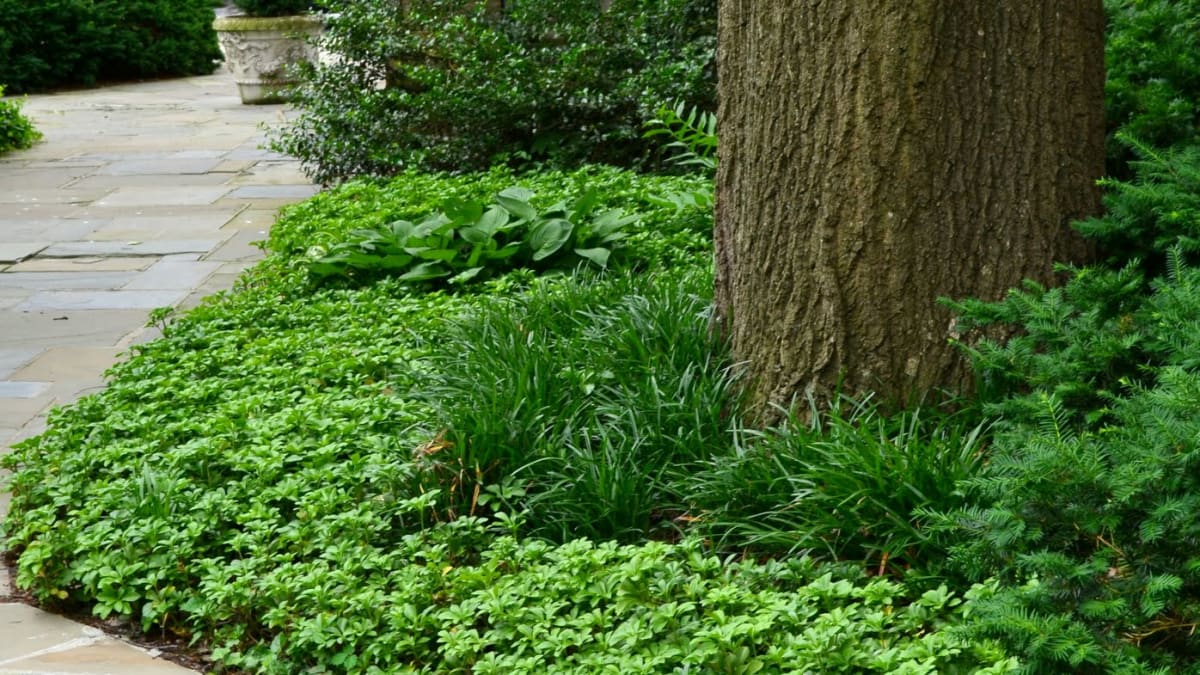
As mentioned earlier, pine trees prefer acidic soil, which can be a problem for other plants that require a neutral or alkaline environment. Here are some ways to deal with acidic soil:
a) Test the Soil
Before planting anything, it is crucial to test the pH level of the soil under your pine trees. You can purchase a pH testing kit from a gardening store or send a sample to a lab for testing. This will give you an idea of how acidic the soil is and what steps you need to take to balance it.
b) Liming
Liming is the process of adding lime to the soil to raise its pH level. However, this may not be a feasible solution for landscaped areas under pine trees as lime can harm the trees. It is best to avoid liming unless absolutely necessary.
c) Choose Acid-Loving Plants
Instead of trying to change the pH level of the soil, you can opt for plants that thrive in acidic soil. Some examples include Azaleas, Blueberries, and Rhododendrons. These plants can add color and texture to your landscape while also maintaining the acidic soil preferred by pine trees.
4. Maintaining Your Landscape Under Pine Trees
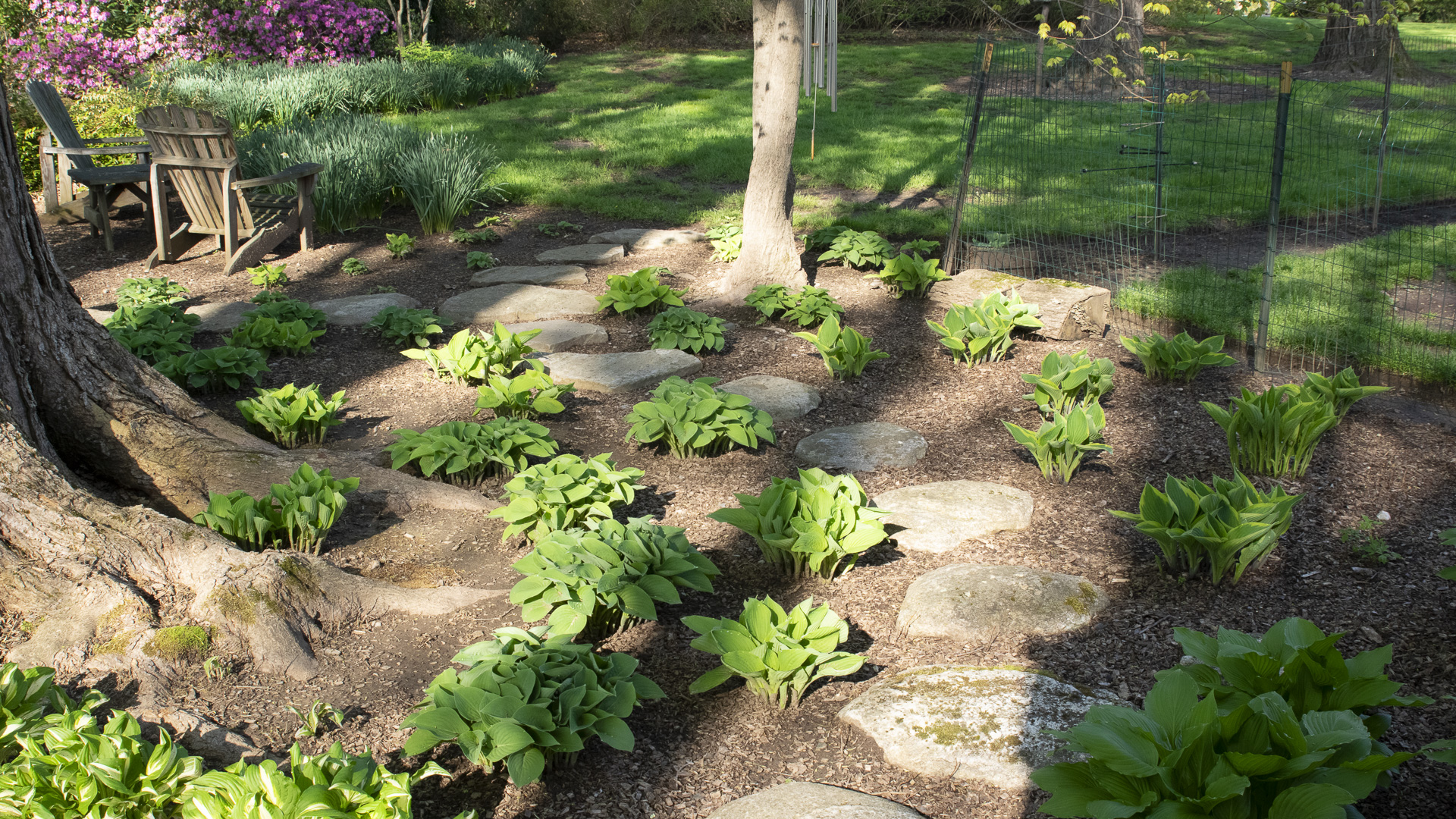
Maintaining a landscaped area under pine trees can be challenging, but with some extra care, it can be done. Here are some tips for keeping your landscape looking beautiful:
a) Regular Cleaning
Pine trees shed their needles all year round, so it is essential to regularly clean up the fallen needles and debris. This not only keeps your landscape tidy but also prevents any potential fire hazards.
b) Adequate Watering
The dense canopy of pine trees can make it difficult for rainwater to penetrate the soil. Therefore, it is crucial to supplement with watering during dry periods to ensure your plants receive enough water.
c) Mulching
Adding a layer of mulch to your landscaped area can help retain moisture in the soil, regulate its temperature, and suppress weed growth. Choose an organic mulch like bark or wood chips as they break down and add nutrients to the soil.
5. Frequently Asked Questions About Landscaping Under Pine Trees
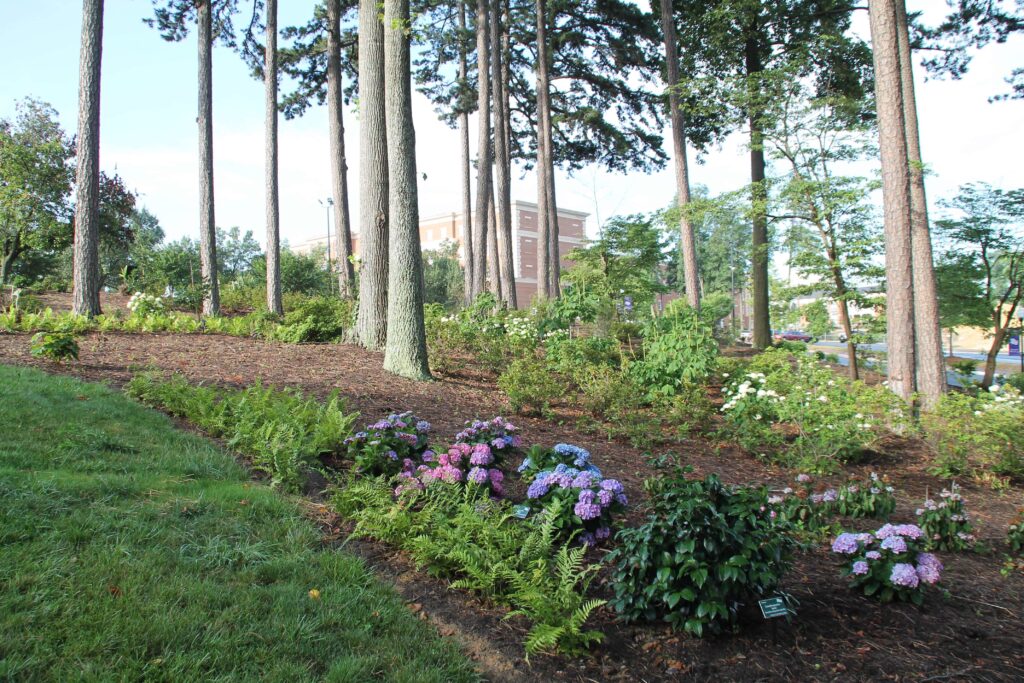
Q: Can I grow grass under pine trees?
A: It is not recommended to grow grass under pine trees as the dense shade and acidic soil make it difficult for grass to thrive. Instead, opt for ground covers or shade-tolerant plants.
Q: How often should I clean up pine needles?
A: It is best to clean up pine needles and other debris on a weekly basis to prevent any potential fire hazards and keep your landscape looking tidy.
Q: Can I plant vegetables under pine trees?
A: Vegetables require full sun to grow, so it is not advisable to plant them under pine trees. The dense shade and acidic soil may also affect the growth of vegetables.
Q: Will pine trees attract pests to my garden?
A: While pine trees themselves may not attract pests, the dense shade and moist environment under them can provide a habitat for some insects. Regularly cleaning up debris and maintaining proper drainage can help prevent any pest problems.
Q: Can I prune my pine trees to allow more sunlight?
A: It is not recommended to prune pine trees as this can damage the tree and make it more susceptible to diseases. Instead, choose plants that can tolerate shady conditions.
Conclusion
Landscaping under pine trees may seem like a daunting task, but with the right techniques and plant selection, it is possible to create a beautiful and thriving landscape. Remember to choose plants that can tolerate shade and acidic soil, regularly clean up fallen needles, and maintain proper watering and mulching practices. With these tips, you can transform the area under your pine trees into a stunning oasis in your garden.


